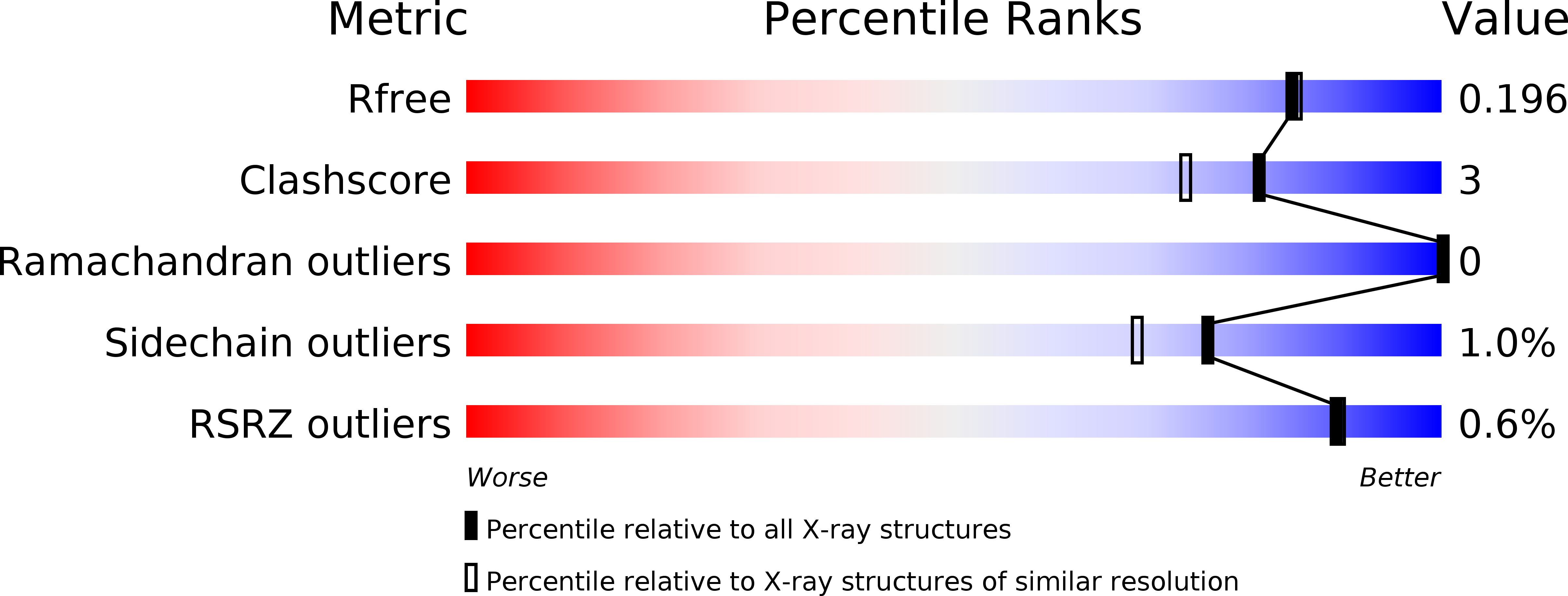
Deposition Date
2019-04-12
Release Date
2020-04-15
Last Version Date
2024-10-30
Entry Detail
PDB ID:
6OKD
Keywords:
Title:
Crystal Structure of human transferrin receptor in complex with a cystine-dense peptide
Biological Source:
Source Organism:
Homo sapiens (Taxon ID: 9606)
Monosiga brevicollis (Taxon ID: 81824)
Monosiga brevicollis (Taxon ID: 81824)
Host Organism:
Method Details:
Experimental Method:
Resolution:
1.85 Å
R-Value Free:
0.18
R-Value Work:
0.16
R-Value Observed:
0.16
Space Group:
C 1 2 1


